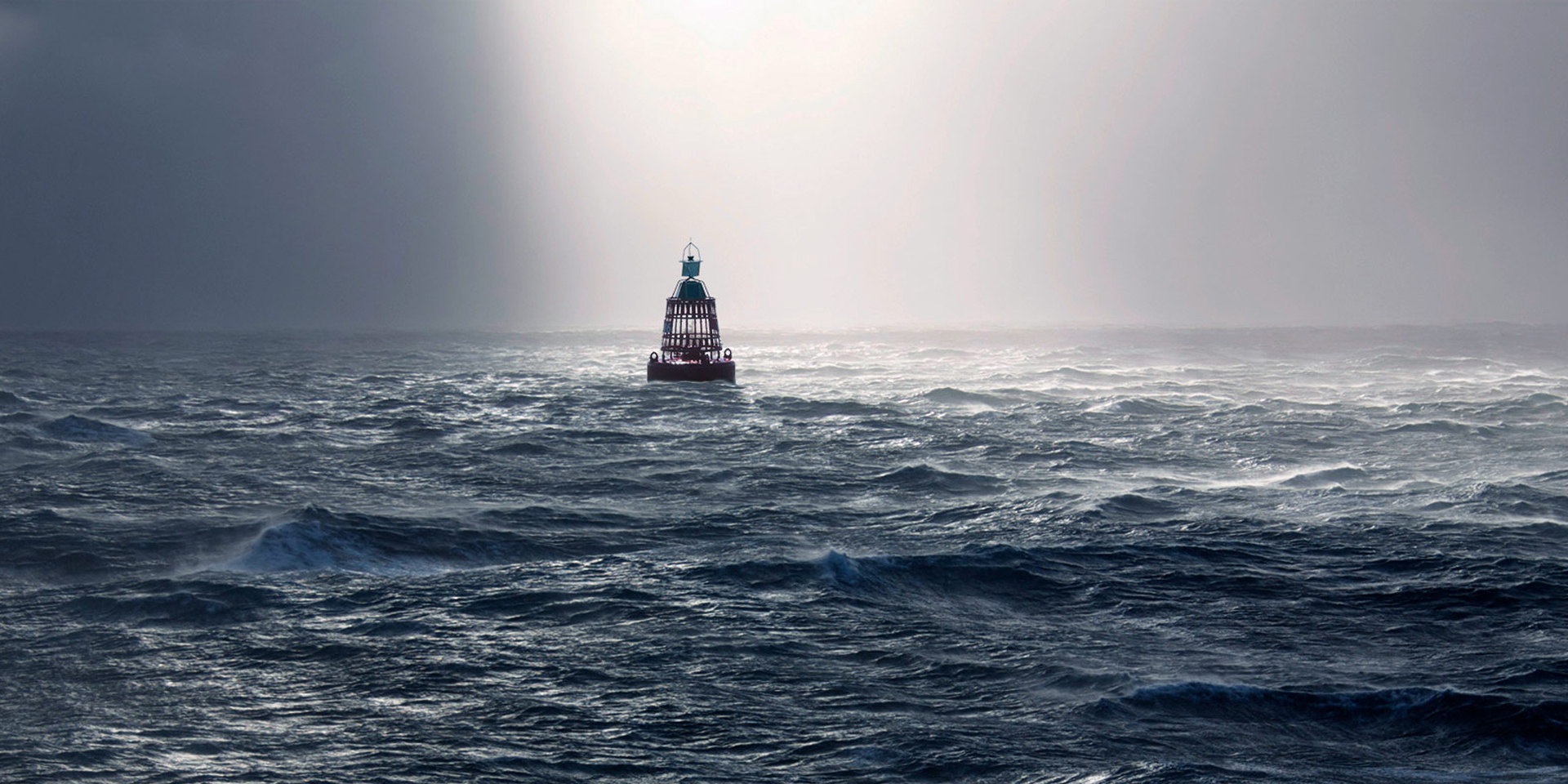The Wave Glider platform is an autonomous, unmanned surface vehicle that can host a range of surface and sub-surface sensors over durations up to a year in the open ocean while also providing real-time, two-way communications. Wave and solar-powered Wave Gliders can:
- Reach remote locations without human assistance, and gather data in a single location (down to a 30M radius) or multiple ones over long durations, and then return home
- Lower data gathering costs by a factor of 10X or more versus ships
- Navigate based on real-time data from sensors, programmed course or pilot input
- Provide cost-effective and continuous monitoring at scale
Leading scientists, governments, and corporations use Wave Gliders to gather a wide range of METOC data. Examples include:
- Weather monitoring
- Ocean Salinity and Temperature
- CO2 Monitoring
- Turbidity
- Algae Tracking
While Liquid Robotics supports over 20+ different sensor integrations our customers and partners have performed over 30 additional types of sensor integrations.
Using the Wave Glider platform, our customers and partners are pushing the boundaries of science further and unlocking the potential of the blue ocean economy.

